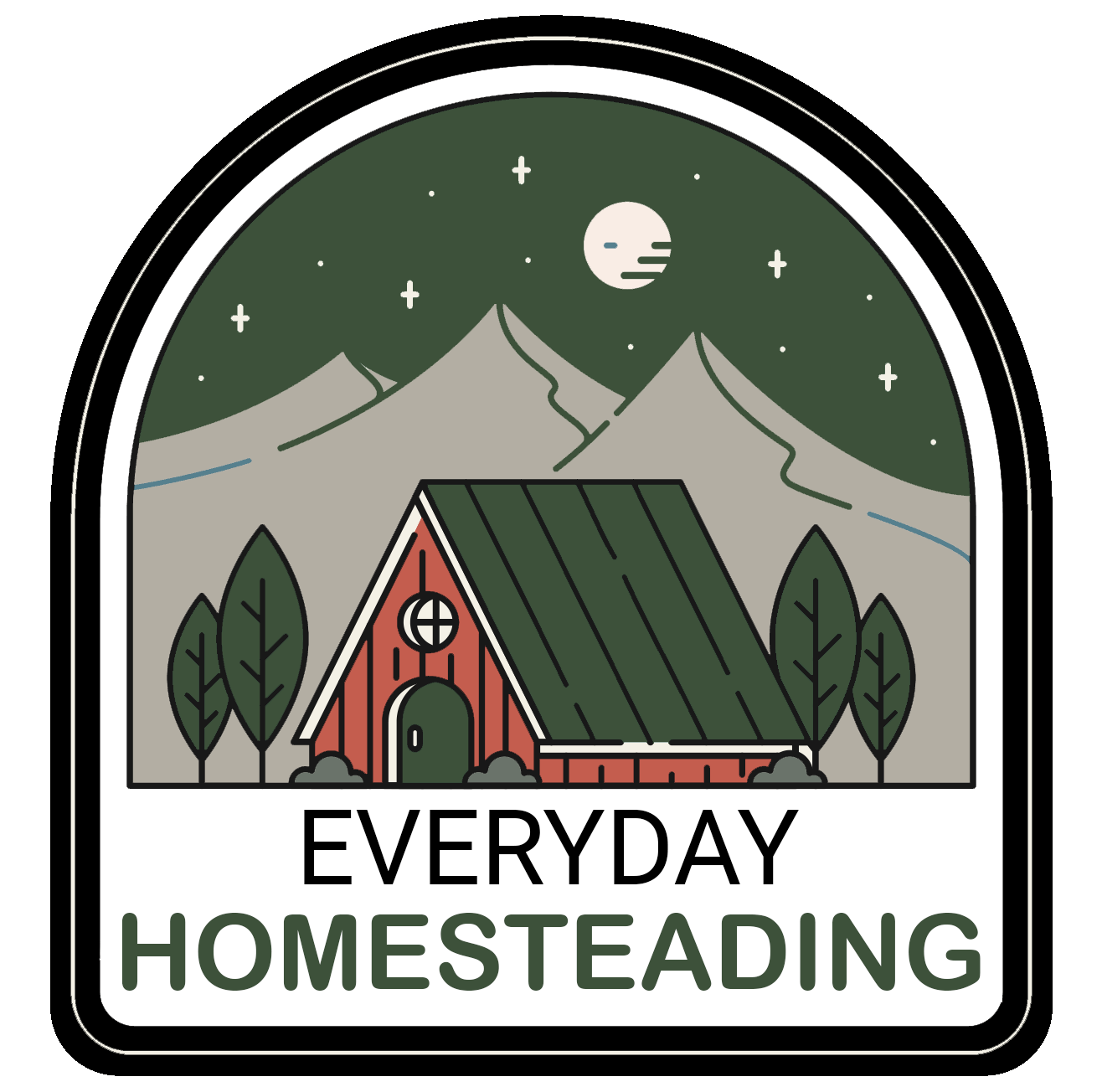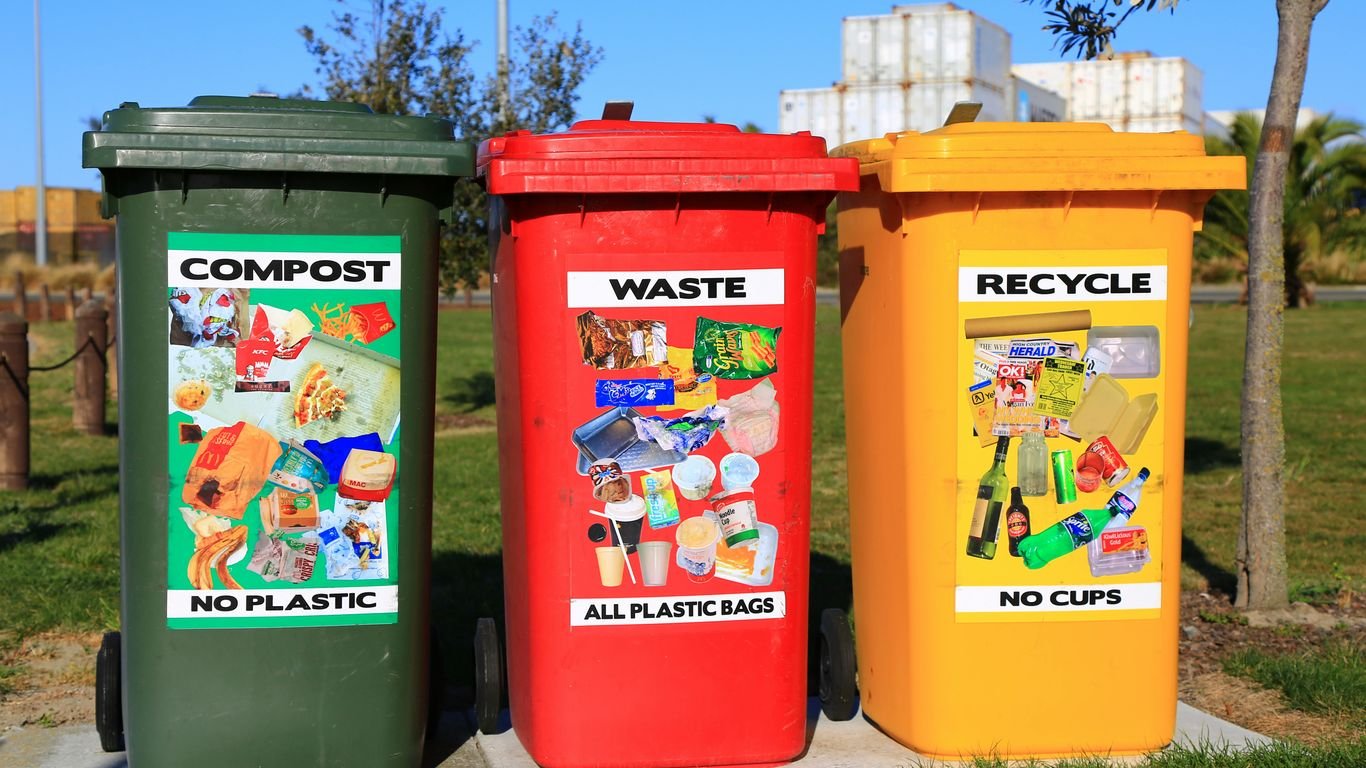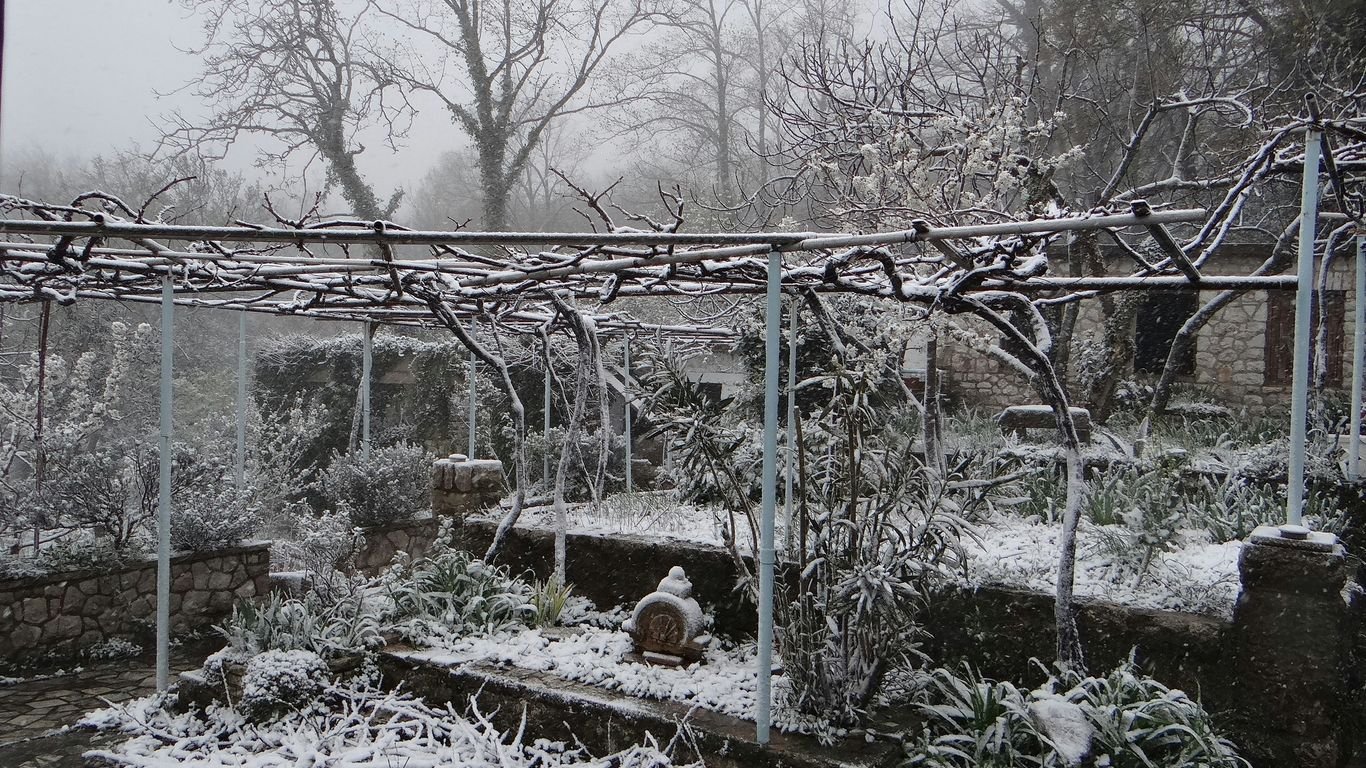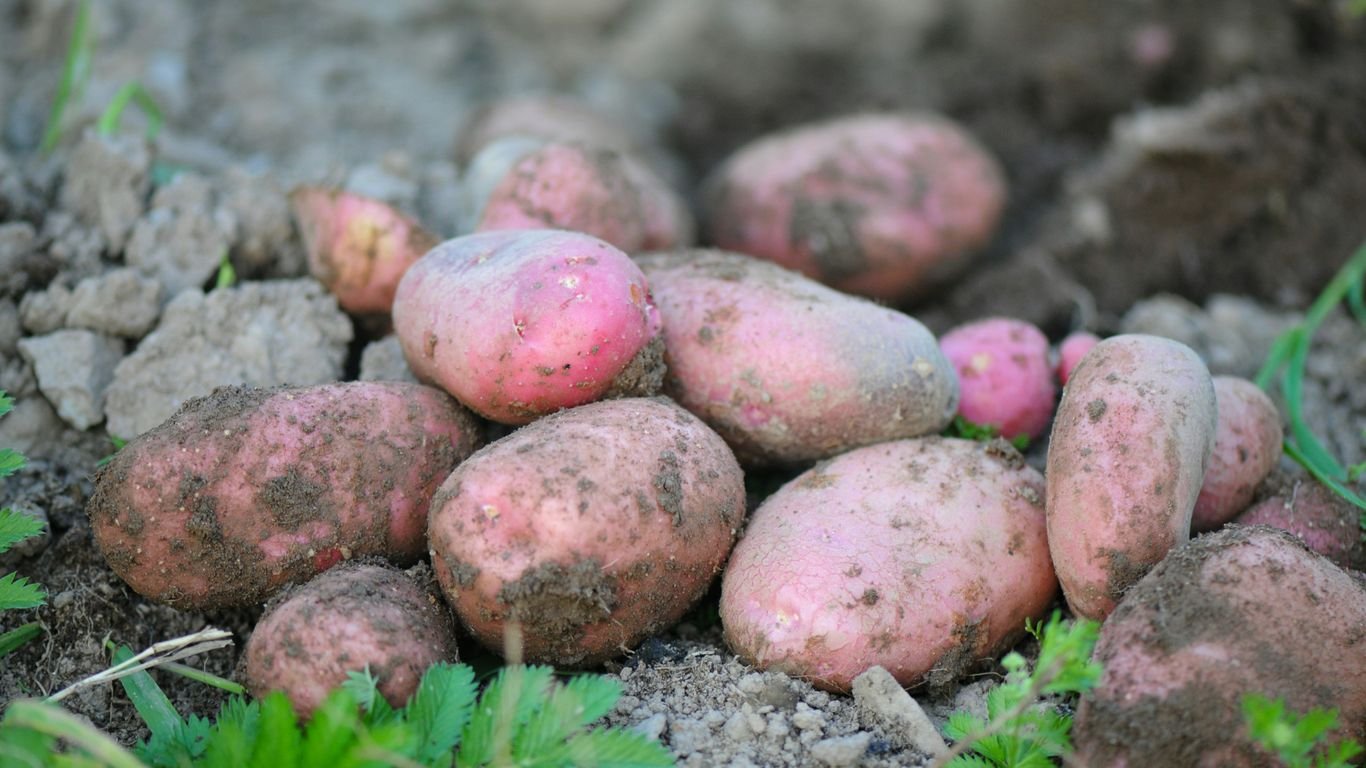Zone 6 September Planting Guide: Cool-Weather Crops and Fall Prep
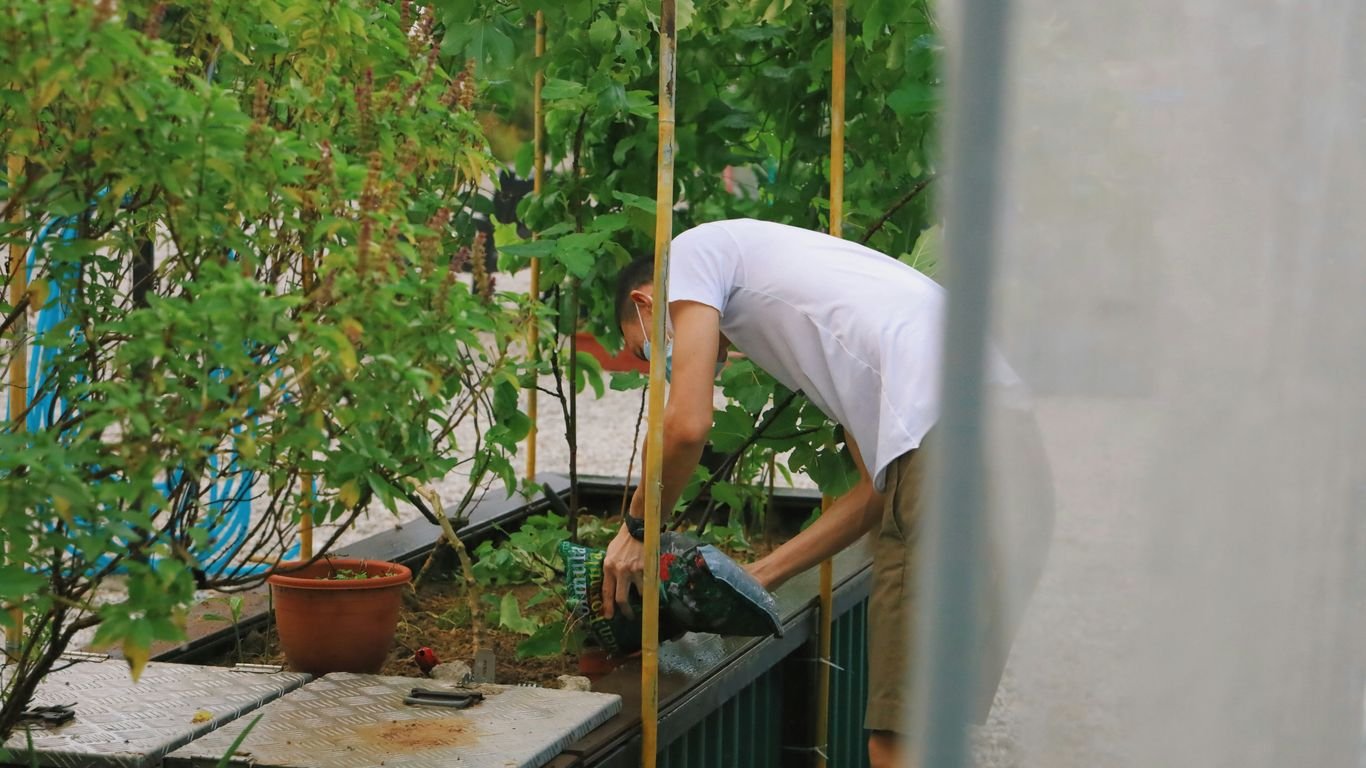
As summer winds down and we head into September, we’re looking at a prime opportunity for more gardening, especially if we’re in Zone 6. The cooler weather is just right for certain crops, and with a little planning, we can keep our harvests going. We’ll explore what to plant now, how to get our soil ready, and how to protect our new plants as the temperatures drop.
Key Takeaways
- Don’t forget soil prep: Cool the soil by shading it for a few days and keep it moist before sowing seeds.
- Pick the right plants: Choose varieties that mature quickly or are known to grow well late in the season.
- Factor in the fall: Count back from your first frost date, but add an extra two weeks to account for shorter, cooler days.
- Get ready for cold: Have row covers, hoop houses, or cold frames on hand for frost protection.
- Embrace the benefits: Fall planting can help you avoid pests and often results in sweeter-tasting crops.
Getting Ready for Your Zone 6 September Planting
September in Zone 6 is a bit of a transition month. The scorching heat of summer is starting to fade, and we can feel those cooler nights creeping in. This shift means it’s time to think about what we can still plant for a fall harvest and how to get our gardens ready for the cooler weather ahead. It’s not too late to get more out of our garden beds this year!
Understanding Your First Frost Date
Knowing when your first frost is likely to hit is super important for fall planting. It’s like a deadline for getting your seeds in the ground. For Zone 6, this date can vary, but it’s generally somewhere in mid-October. You can find more specific averages for your area by checking local weather reports or agricultural extension websites. Once you know your average first frost date, count back about two weeks. This gives your seedlings enough time to get established before the cold really sets in. Don’t just guess; having a firm date helps avoid disappointment.
The ‘Fall Factor’ for Planting Success
Planting in the fall isn’t quite the same as planting in the spring. The days are getting shorter, and the temperatures are dropping, which means plants won’t grow as quickly as they do when it’s warm and sunny. This is what we call the ‘fall factor.’ Because of this, you might need to add a little extra time to the usual
Cool-Season Crops to Plant in September
Even though summer’s heat is fading, September is a fantastic time to get a second wave of crops into the ground in Zone 6. We’re talking about those hardy vegetables that actually prefer cooler weather and can even handle a bit of frost. It’s all about extending our harvest season and enjoying fresh produce a little longer.
Leafy Greens That Love Cooler Weather
This is where the magic really happens for fall gardening. Many leafy greens just can’t handle the intense summer sun, but they thrive as the temperatures drop. Think of it as giving them a cozy blanket to grow under.
- Spinach: This vitamin-packed powerhouse is a classic cool-season crop. It grows pretty quickly, and you can often get multiple harvests by picking the outer leaves. Just keep the soil consistently moist to prevent it from getting stressed and bolting (going to seed).
- Lettuce: So many varieties of lettuce do wonderfully in the fall. From loose-leaf types to romaine, they can tolerate light frosts, meaning you can keep harvesting them even as things get a bit chilly.
- Mâche (Corn Salad): This one’s a bit of a hidden gem. Mâche has a lovely, slightly nutty flavor and is perfect for salads. It really shines in cooler weather and is quite cold-hardy.
- Kale and Swiss Chard: While these might seem like summer staples, they actually get sweeter after a light frost. They are incredibly resilient and can often keep producing well into late fall or even early winter with a little protection.
Quick-Growing Veggies for a Fall Harvest
If you’re looking for faster results, September still offers some great options. These are crops that mature relatively quickly, giving you a harvest before the really cold weather sets in.
- Radishes: These peppery roots are super fast growers. You can sow seeds in early September and be harvesting them within a month. They add a nice crunch and a bit of spice to salads.
- Arugula: Another fast-growing leafy green, arugula has a distinct peppery bite that many people love. It bolts quickly in heat but does great in the cooler fall air.
- Bush Beans: Depending on your specific first frost date, you might still have time to get a quick crop of bush beans in. Look for varieties known for their shorter maturity times.
Choosing Varieties for Late-Season Growth
When you’re planting in September, it’s smart to pick the right types of plants. Some varieties are bred to mature faster or to handle cooler conditions better than others.
- Maturity Dates: Always check the seed packet for the number of days to maturity. For fall planting, lean towards varieties with shorter maturity times, especially if your first frost date is relatively early.
- Cold Tolerance: Look for descriptions that mention cold tolerance or suitability for fall/winter harvest. Some plants are naturally more robust against cooler temperatures.
- Disease Resistance: Sometimes, fall conditions can encourage certain fungal diseases. Choosing varieties with good disease resistance can save you a lot of headaches later on.
Planting in September isn’t just about what you can grow, but also about choosing the right things to grow. Focusing on cold-hardy varieties and those with quicker maturity will set you up for the most success. It’s a bit of a strategic move to get the most out of your garden before winter truly arrives.
Planting Techniques for September Success
September might feel like the end of the gardening season, but for us in Zone 6, it’s a prime time for planting cool-weather crops. Getting these fall harvests going requires a few specific techniques to make sure our seeds sprout and grow strong.
Ensuring Proper Soil Moisture Before Sowing
Before we even think about putting seeds in the ground, we need to get the soil ready. For many fall crops, especially those we’re sowing directly, keeping the soil consistently moist is key. Dry soil is a death sentence for tiny seeds. A good trick is to water the planting area thoroughly a day or two before you plan to sow. This allows the water to soak in deeply without washing away the seeds when you plant them. We want that top inch or so to be damp, not soggy, when the seeds go in. This initial watering sets the stage for good germination. If you’re planting something like Mâche, covering the soil with a wooden board for a few days before sowing can help retain moisture, creating a perfect little microclimate for those seeds to sprout Understanding Your First Frost Date.
Shading Soil for Better Germination
This might sound a bit backward, but sometimes, even in September, the sun can be a little too intense for delicate seedlings. If we’re sowing seeds that need a bit more help to get going, or if we’re experiencing a warm spell, shading the soil can make a big difference. We can use shade cloth, a piece of cardboard, or even an overturned planter to create a temporary shady spot over the newly sown seeds. This helps keep the soil temperature down and prevents it from drying out too quickly. Once the seedlings start to emerge, we can gradually remove the shade. It’s all about creating the right conditions for those first tender leaves to unfurl.
Spacing and Depth for Fall Plantings
Getting the spacing and depth right is super important for fall crops. Unlike our spring plantings, these plants have less time to grow before the weather really turns cold. Planting them too close together means they’ll compete for light, water, and nutrients, leading to weaker plants. We need to follow the seed packet instructions carefully, but generally, giving them a bit more room than you might think can pay off. The depth is also critical. Planting too deep can prevent seeds from germinating, while planting too shallow can leave them vulnerable to drying out or being washed away. A general rule of thumb is to plant seeds at a depth about two to three times their diameter. For smaller seeds like spinach or lettuce, this means just a light covering of soil. For larger seeds, we go a bit deeper. It’s a simple step, but it really impacts the success of our fall garden.
Protecting Your Fall Garden

As the days get shorter and the temperatures drop, we need to give our cool-season crops a little extra help to make it through the colder months. It’s not just about planting the right things; it’s also about shielding them from the elements. We’ve got a few tricks up our sleeves to keep our fall harvest going strong.
Hoop Houses and Cold Frames Explained
Think of hoop houses and cold frames as mini-greenhouses for your garden beds. Hoop houses are typically made by bending PVC pipes or metal hoops over your garden rows and covering them with plastic sheeting. They create a protected environment, trapping heat and keeping frost off your plants. Cold frames are usually low, box-like structures with a clear lid, often built over a garden bed. They work on the same principle, using the sun’s energy to warm the soil and air inside. These structures are fantastic for extending the growing season well into late fall and even winter. We find they’re especially useful for those tender leafy greens that we want to protect from the harshest chills.
Using Row Covers for Frost Protection
Row covers are lighter than hoop house plastic and are made of a fabric-like material. They’re super versatile. You can simply lay them directly over your plants, or for a bit more support, drape them over hoops. They offer a good amount of protection against light frosts and can even help keep some pests away. We like to use them on nights when a frost is predicted. It’s a simple step that can make a big difference in whether we get to harvest those last bits of lettuce or not. They allow light and water to pass through, so the plants can still breathe and get watered, which is pretty neat. For more on keeping pests at bay, consider planting deterrents like mint.
When to Add Extra Insulation
When the temperatures really start to plummet, or if we’re expecting a hard freeze, it’s time to bring out the heavy-duty insulation. This can mean adding extra layers of row cover, piling on straw around the base of plants, or even covering cold frames and hoop houses with blankets or tarps overnight. For root vegetables that we want to harvest later, like carrots or beets, a thick layer of straw spread over the garden bed can work wonders. It keeps the soil from freezing solid, making them accessible for digging even in colder weather. We’ve learned that a little extra effort in insulation can mean a lot more fresh food on our table when we least expect it.
The Benefits of Fall Planting

We often think of gardening as a spring and summer activity, but there are some really great reasons to keep planting into the fall. It’s not just about squeezing in a few more harvests; fall planting can actually make our gardening lives easier and our produce tastier.
Outsmarting Garden Pests
One of the best parts about planting in the fall is that many of the common garden pests are starting to wind down their activity. Their populations might be smaller, and they’re often less of a nuisance as the weather cools. This means our young plants have a better chance to establish themselves without getting munched on constantly. It’s like giving them a head start before the real pest pressure of next year begins.
Sweeter Flavors from Cooler Temperatures
Did you know that some vegetables actually taste better after a light frost? Crops like spinach, kale, and even peas can develop a sweeter flavor when they mature in cooler weather. The cold temperatures can convert starches into sugars, giving them a richer, more delicious taste. It’s a little bit of garden magic that we can enjoy right on our plates.
Extending Your Harvest Season
Fall planting is all about getting the most out of our garden space for as long as possible. By sowing cool-weather crops in September, we can continue harvesting fresh vegetables well into the autumn months, sometimes even past the first frost with a little protection. This means more fresh salads, more hearty greens, and a longer enjoyment of homegrown food before winter truly sets in.
Zone 6 September Planting: What to Expect
As the summer heat starts to fade and we get those crisp, cool evenings, it’s easy to think our gardening days are over. But for us in Zone 6, September is actually a prime time to get a second wave of crops going! We’re talking about veggies that actually prefer the cooler weather and can even handle a bit of frost. It’s a fantastic opportunity to extend our harvest season and enjoy fresh produce well into the fall.
Mâche: The Nutty Salad Green
Mâche, sometimes called corn salad, is a real gem for fall planting. It genuinely thrives in cooler temperatures, which is exactly what we get in September. It’s an annual that’s pretty low-maintenance once it gets going. We can sow seeds directly into the ground, and with its quick growth, we can be enjoying a nutty, mild salad green before you know it. It’s perfect for those days when you want something fresh but don’t want to fire up the stove.
- Sun: Full sun to part shade is fine.
- Soil: Needs to drain well and be rich.
- Water: Keep it consistently moist, especially if it’s sunny.
- Harvest: Pick leaves as needed, usually within 50-70 days.
Spinach: A Vitamin-Rich Leafy Favorite
Spinach is another cool-season champion that we can plant in September. It grows fast and is packed with all sorts of good stuff like vitamins A and C, plus iron. We can even grow it in containers if we’re short on garden space. Just remember to keep the soil moist but not waterlogged, as too much wetness can make it bolt (go to seed) too soon. A layer of mulch can help with this. We can use the "cut and come again" method, snipping off outer leaves, and the plant will keep producing more.
Lettuce: Versatile and Frost-Tolerant
Lettuce is incredibly versatile, and planting it in September is a smart move for Zone 6 gardeners. Like spinach, it loves cooler weather and can actually tolerate light frosts. This means we can direct sow seeds and expect them to germinate and grow even as the temperatures drop. We can choose from so many varieties, from loose-leaf types to heads, giving us options for different salads and dishes. Getting these planted now means we can enjoy fresh lettuce long after many summer crops have finished.
Wrapping Up Our Fall Planting
So, we’ve covered quite a bit about getting our Zone 6 gardens ready for fall. It might seem like a lot, but remember, we’re just trying to get a little extra harvest before the real cold hits. Don’t stress if you can’t do everything. Even planting a few quick-growing greens like spinach or lettuce can be really rewarding. Plus, those cooler temps often mean fewer pests, which is always a win in our book. Keep an eye on those frost dates, have some row covers handy just in case, and enjoy the process. We’re excited to see what everyone manages to grow!
Frequently Asked Questions
When should we plant in September for a fall harvest in Zone 6?
To figure out the best time to plant in September for a fall harvest, we need to know our first frost date. Then, we count back about two weeks from that date. This gives our plants enough time to grow before the cold weather really sets in. Remember, the days are shorter and cooler in the fall, so plants won’t grow as fast as they do in the spring.
What’s the ‘fall factor’ we should consider?
The ‘fall factor’ is like an extra buffer time we add when planning our fall planting. Since the weather gets cooler and the days get shorter as fall approaches, plants grow a bit slower. So, we add about two extra weeks to our usual planting timeline to make sure our crops have enough time to mature before the first frost.
How do we get our soil ready for September planting?
Before we sow seeds in September, it’s a good idea to cool down the soil. We can do this by shading the garden bed for a few days. We also need to make sure the soil is moist. This helps the tiny seeds have a better chance to sprout and start growing strong.
What kind of crops grow well when planted in September?
We can plant lots of cool-weather crops in September! Leafy greens like spinach, lettuce, and mâché are great choices because they love the cooler temperatures. We can also plant quick-growing veggies that will be ready for a fall harvest. It’s best to pick varieties that mature faster or are known to grow well late in the season.
How can we protect our fall garden from cold weather?
As the weather gets colder, we can use things like hoop houses or cold frames to keep our plants warm. These structures create a mini-greenhouse effect. We can also use row covers, which are like blankets for our plants, to protect them from frost. If it gets really cold, we might need to add extra layers of insulation.
Are there any benefits to planting in the fall?
Yes, planting in the fall has some cool advantages! Often, we can outsmart garden pests because they might not be as active or reproducing as much. Plus, some vegetables, especially leafy greens, tend to taste sweeter when they mature in cooler weather. It also helps us extend our harvest season, meaning we get to enjoy fresh veggies for longer!



